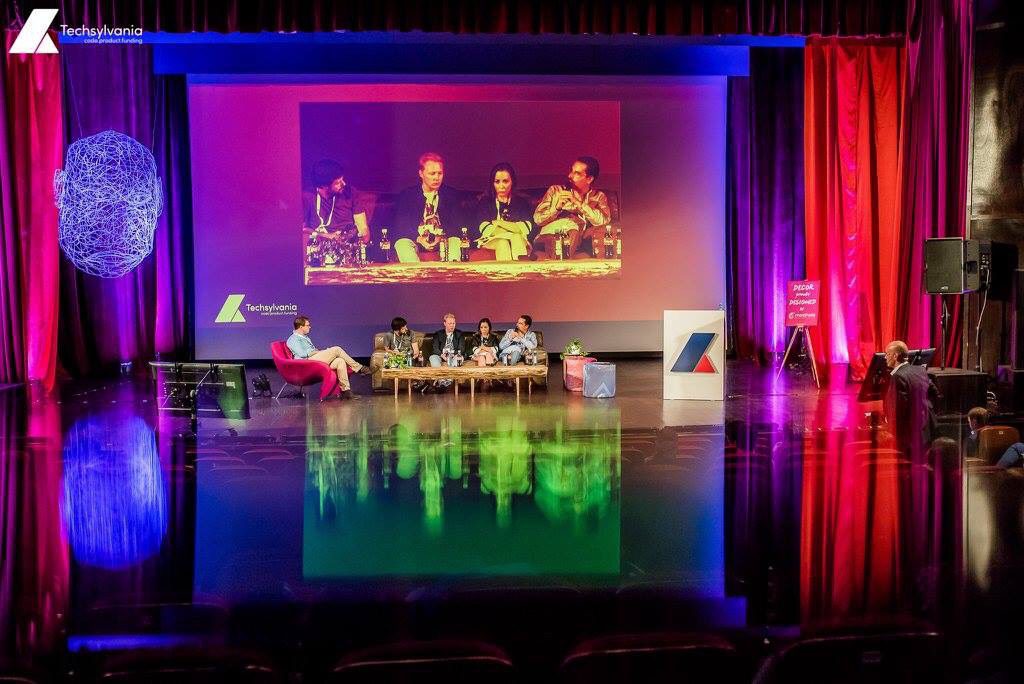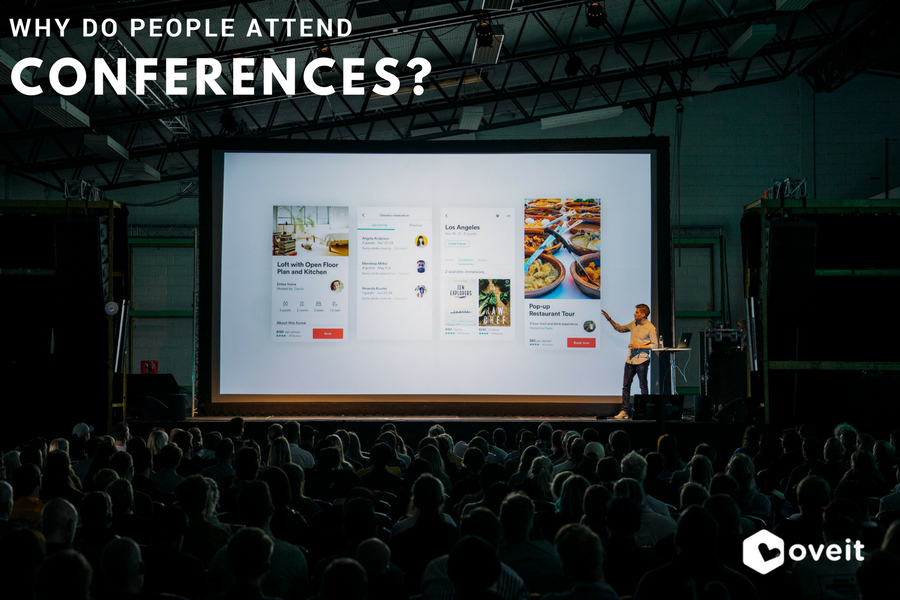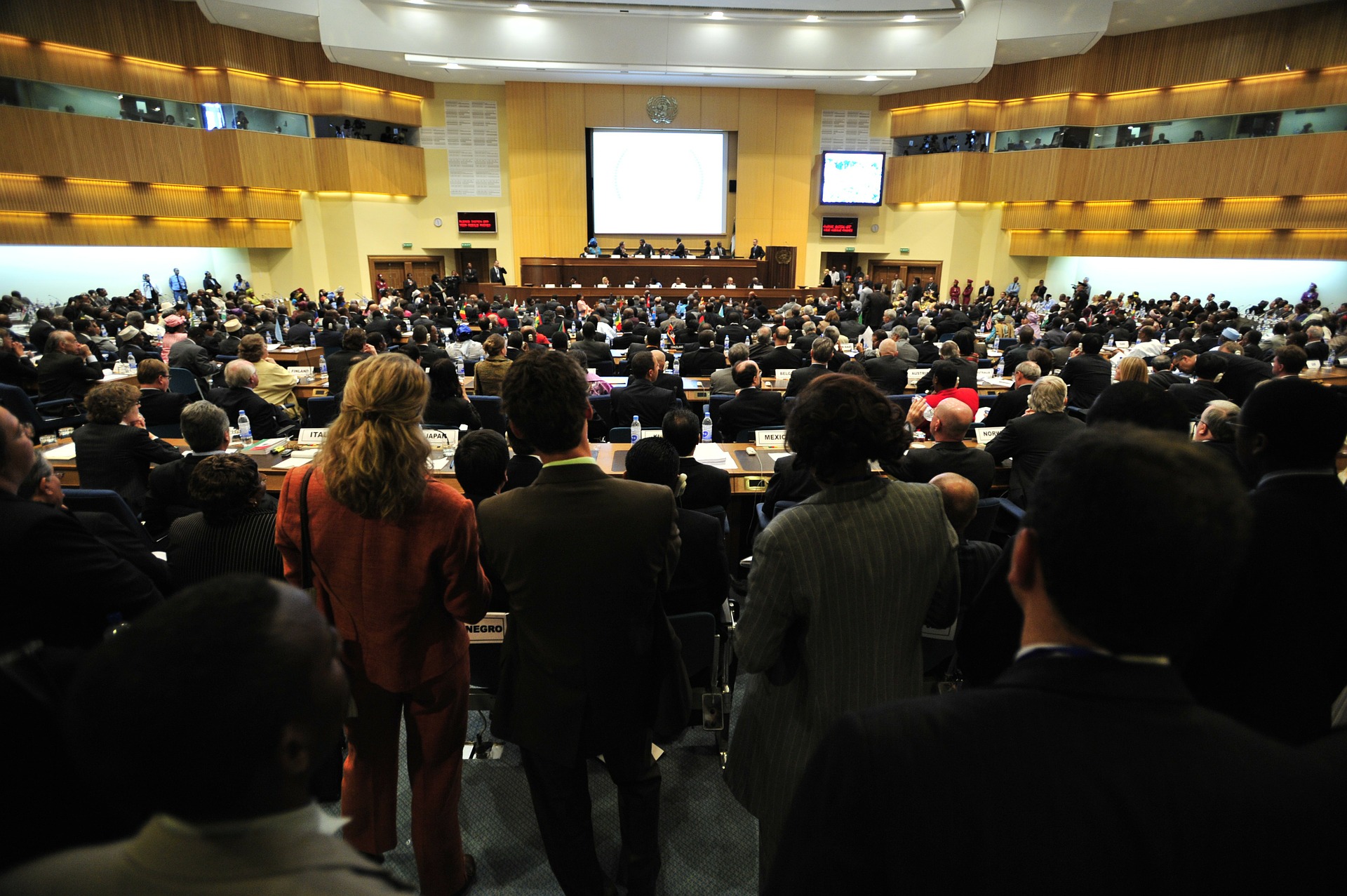As part of our Event spotlight series, we decided to interview the team behind one of Eastern Europe’s leading tech events: Techsylvania. The event started in Cluj, a city Techcrunch named “The Silicon Valley of Transilvania“.
Let’s see how the event started and what are the team’s plans for the future:
Tell us a bit about yourself – how did you decide to start building tech events?
Vlad Ciurca: My background is a mix of economic studies, marketing, IT – product management and business development. In the five years working in IT I also got involved in organizing events. One of the first was Romanian Managers Cluj. The purpose was to create business networking events, something rather new at the time.
Then I met Philipp Kandal, one of the co-founders of Skobbler, currently Telenav and together we analyzed the start-up scene in Cluj-Napoca. We wanted to do something in this direction, so we developed Startup Weekend. Practically, this way at the end of each event some new projects were born. In the next four years five teams received funding from international accelerators and the event grew from 90 participants in the first year, to around 150-160 participants in the next years.

How did Techsylvania start? What helped you decide on the topic and vision?
Vlad Ciurca: Organizing Startup Weekend, me and my co-founder, Oana Petrus, realized that there was clearly a lot of interest in this area of startups, technology and entrepreneurship. In the same time, we saw that all the IT conferences from that time were not really oriented in these directions. Also, they did not have international speakers. So, we can say we had our work cut for us.
In 2014 I started working with Oana on a new concept: Techsylvania. We built an international event where founders from all the world, investors, various experts and entrepreneurs meet in the same location, chat and discover the steps needed to create a technology company.
Techsylvania started in 2014 with 380 attendees and grew to more than 1500 attendees in 2017. Apart from this, the event features a connected devices hackathon where developers build creative projects, as well as a startup competition that featured early stage companies from 9 countries.
How did you manage to develop the wonderful community around Techsylvania?
Oana Petrus: From the first edition we wanted the conference to be an educational course for people who want to discover everything about how a technology company is being born. Our community was built step by step. More and more people joined because we provide a place where they can learn firsthand from the experience of successful entrepreneurs, tech leaders, investors and founders of startups listed to the stock exchange. Also, they can meet other people starting a new project and exchange information.
These are strong reasons for attendees to wish to come back and for others to join the community. In 2017 our conference grew to 1.500 attendees from 1.316 participants in 2016 and 830 in 2015. Our community is strong, and this is clearly shown by the fact that 96% of the 2017 participants expressed their wish to attend Techsylvania in 2018.
In its essence Techsylvania seeks to provide answers. The fifth edition, taking place June 9-12 in Cluj-Napoca, will once again gather key stakeholders, tech leaders and curious minds from all over the world to explore the technology opportunities across Eastern Europe.
What do visitors love most about the event?
Vlad Ciurca: The vibe of the conference, the people they meet, the knowledge they acquire and the speakers they listen and learn from.
Every year we bring international speakers, literally from all over the world and this makes people love our conference. The chance to see new experts and tech leaders every year, all with a vast experience.
Its a rare opportunity to see many of our speakers and guests in this part of the world and even more so to actually be able to interact directly with them. Don’t mind me saying but its an amazing networking event.
“If you want to get a pulse of tech innovation, ecosystem, talents in Eastern Europe, Techsylvania is the gateway. Cluj is one of the most exciting places right now and the event draws the who is who from the erupt tech scene”, Joyce Shen (Thomson Reuters).
What were the greatest challenges starting and developing Techsylvania?
Oana Petrus: The first challenges we faced? We wanted to make the event a great one from the first edition, so a real challenge was the line-up. We knew that if we wanted true knowledge for our attendees we had to convince international speakers to join us as well as people from the Romanian ecosystem. We succeeded I’d say because we had 19 speakers and among them were HP Jin, Co-Founder, President and Chief Executive Officer at Telenav, Andy Piper, Developer Advocate at Twitter, Johannes Reck, CEO at GetYourGuide and many more. And this was 2014.
Also, another challenge was organizing the hackathon. The focus was on new wearables and connected devices but many of them were not accessible at that time, as they weren’t sold on the market in Romania. Regardless, we have managed to get them to Romania by collaborating with the manufacturers and out them in the hands of the developers to see what creative projects they could develop.
What are your plans for the future?
Oana Petrus: What to expect in 2018? First off, an inspiring speaker’s lineup that will talk about some of the most recent technical developments, product related topics, as well as funding and entrepreneurship trends & best practices.
But the most interesting part of all is that we plan on expanding the Techsylvania platform in the following directions:
- Satellite events – we want to take advantage of the buzz surrounding Techsylvania during those 4 days and to create more opportunities for those who join us. Explore various fields of know-how, meet new people outside your circles of interest and join us for new experiences
- Q&A sessions – a lot of you mentioned that you’d like to address specific questions to the speakers, but don’t have the opportunity. As timing is something we care about a great deal and the mainstage design does not allow it, we’re going to take some of our speakers on a dedicate stage, where you’ll be able to ask all the questions you want for 30 minutes
- Roundtables for executives – we will host topic-oriented discussions for 10–12 executives, moderated by an industry expert. The goal is to stir collaborations and get insights that can help you drive your business forward.
Vlad is the Co-Founder of Techsylvania (leading technology event in Eastern Europe) and Codiax (Deep Tech Event).
Previously, he was VP of Business Development at Yopeso, Product Manager at Telenav (working on creating navigation solutions for mobile devices and auto manufacturers), as well as Operations Supervisor at UPS and Ceva Logistics (where he managed a 100-person team (starting from a 4 person team).
Vlad is passionate about building events and communities, having been a Startup Weekend Organizer and Facilitator and co-founding one of the biggest online and offline communities of managers and entrepreneurs in Transylvania, Romanian Managers CLUJ, with close to 900 members.
In 2011, Vlad was named a Technology and Entrepreneurship Expert in the “Young Romania Forum”, a project organized by the League of Romanian Students Abroad, with the aim of getting the younger generation involved in the future of Romania. In 2015, he was invited to speak about the ‘Born Global’ topic during the Romanian Business Leaders Summit, an exclusive event with over 200 top managers and entrepreneurs from Romania.
Oana Petrus is the Co-Founder of Techsylvania (leading technology event in Eastern Europe) and Codiax (Deep Tech Event).
Working now in Paddy Power Betfair Cluj as Office Manager, she brings her extensive knowledge of processes and administration, from being in charge of Processes and Quality at Sykes Cluj-Napoca to coordinating teams in Cluj, Cairo and Shanghai.
An experienced manager with over 12 years experience in retail, business development, telecommunications and event organizing, she put her vast know-how to work for brands such as Paddy Power Betfair, Sykes, Orsay, Motivi, s. Oliver, Startup Weekend Cluj and others.



